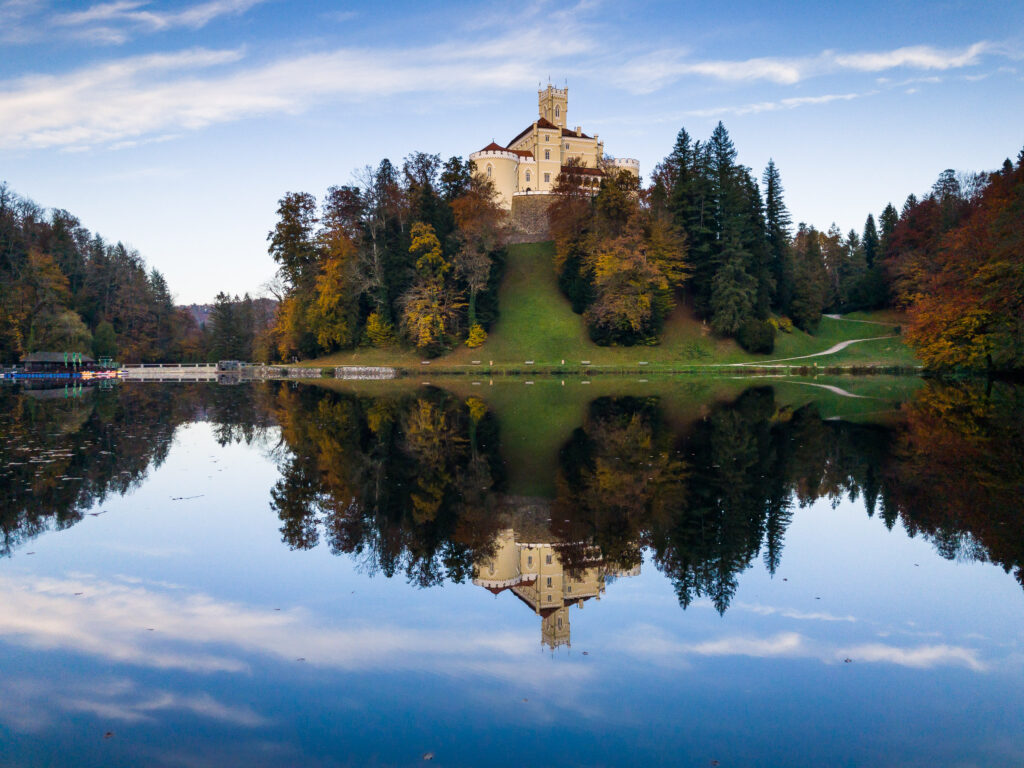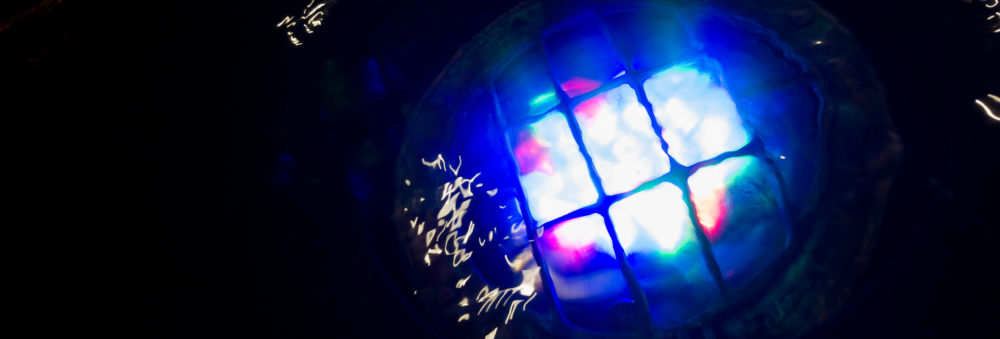I was thinking more about that last article, especially the photography part because it’s easier to explain. My best photos are rarely taken with my best equipment. They were taken with what I had with me when the stars aligned.


 These three were taken with an iPhone, because that’s the camera I always have with me when I’m not actually going out to take pictures and a picture shows up in front of me. Then at one point I realised that I don’t actually want all my photos to be taken with a phone, and started to take the proper camera out with me when I’m out for a walk. Of course, the camera has only one lens on it and that lens happens to be the one that takes the pictures, so the determining factor tends to be not which lens is the sharpest, but which one tends to be chosen for walks, because it’s either light, or practical, or I just like having it on the camera.
These three were taken with an iPhone, because that’s the camera I always have with me when I’m not actually going out to take pictures and a picture shows up in front of me. Then at one point I realised that I don’t actually want all my photos to be taken with a phone, and started to take the proper camera out with me when I’m out for a walk. Of course, the camera has only one lens on it and that lens happens to be the one that takes the pictures, so the determining factor tends to be not which lens is the sharpest, but which one tends to be chosen for walks, because it’s either light, or practical, or I just like having it on the camera.
Sure, there’s one way of making sure that all your pictures are taken with your best equipment, and that is to have only the best equipment; no inferior lenses, no inferior but practical cameras; however, that’s not as simple as it sounds. “Best” is not a single-dimension metric. Recently I carried two lenses up the local hill in sunset; one was the new 14mm f/1.8 ultrawide, which is one of my optically best lenses, perfect for all intents and purposes. Sharpness edge to edge wide open with resolution that probably outresolves the 61MP sensor, no flare directly into the sun, no contrast loss, no geometric distortions, nothing; just perfection. I also took the 24-105mm f/4 zoom as a backup. Well, as it turned out, almost all the pictures that showed up were ideal for the 24-105mm zoom and the 14mm went into the bag and returned only in the end, in the blue hour, for that one picture.
The pictures I made with the 24-105mm had some flare on them when I shot into the sun, the sun stars weren’t as crisp, the parts in focus weren’t as sharp as they would have been had I used some of the optical monsters I left at home, but guess what – I got several pictures that are my all-time favourites, that are sharp and contrasty enough to be printed meter wide, because the lens was versatile enough to allow me to get those shots, and it was also optically good enough to make the pictures look great. In the end, yeah, it wasn’t as sharp as a GM prime would have been, but a GM prime wasn’t there and the versatile zoom was, so tough shit. If I only had my optically best lenses, I wouldn’t have taken those shots. That’s the reason why “versatile while still good enough” is sometimes preferable to “exceptional but limiting”. When the pictures in front of me demand 24mm, 35mm, 50mm and 105mm, and I have to carry the optics for an hour of brisk uphill walk, I’m just not carrying four primes of half a kilo each. Also, when the ideal light is changing quickly, I’m just not going to waste it changing lenses. I’m going to look for motives and use what I already have on the camera. Apparently, trying to aim for perfection can be a good way of getting nothing.
So, an obvious question presents itself: if I can take those pictures with an iPhone, and if I can take pictures that good with standard zooms, why do I have those expensive super-lenses? Because image quality at magnification is a thing, and I like looking at what happens when I actually get to have one of those optics on the camera when a picture turns up. The iPhone pictures break under magnification on a big display or on a big print. You actually need a certain level of quality to pull certain things off, but you also need to be reasonable and have all kinds of tools in your toolbox, because as I said, “good” is not a single-dimensional metric.
This goes way beyond photography. For instance, cars exist in all kinds of shapes, form a fast convertible to a large SUV, and what looks sexy in a showroom isn’t necessarily what’s practical and useful. A home that’s on a respectable location will elevate your perceived status, but if you don’t have anywhere to park your car and there’s something noisy in the neighbourhood, it’s more trouble than it’s worth. A wife that’s super beautiful but cold, calculating and disloyal is a nightmare.
When you’re looking for someone who is a candidate for yogic practice, you don’t look for the person who’s smartest, best looking, least emotionally damaged. You are looking for someone who has the best reaction to transcendence, who flares up with desire at the presence of God, but you still want them to be smart enough, to have a good heart, and to be willing to break, to give up the known and the safe. You avoid the crazy, the cruel, the selfish, the stupid and the self-absorbed. However, the metric of “smart” doesn’t have to mean a university professor, or the most intelligent person in the world. It just means someone who has a good head on their shoulders – smart enough to get things quickly, not necessarily smart because they maintain Linux kernel or teach university level mathematics. If someone is really stupid, no amount of good heart or desire for God will help, because stupid gets deluded quickly because they can’t discriminate between pleasant and useful, for instance, or detect that someone is really harmful because they are trying to be nice to everyone. If someone is really smart but nasty, their poor character will be a bigger liability than their intelligence is an asset. You really need a mixture of qualities, and some things are immediate red flags, while some things don’t really matter because everybody starts fucked up in some way; that’s why yoga is a process, and process means you get better with practice. Eventually you get to be holy, pure, smart, powerful and beautiful, but that’s not how you start. What matters is that you’re not someone who will immediately give up at the first sign of trouble or difficulty, someone who will keep doing something like an idiot despite warnings, or someone who will be easily deluded and perverted by all kinds of evils you are bound to encounter along the way. You can think of it as a selection of good company for God. Who would God want to train to be worthy of His company? First of all, someone who really strongly wants Him and wants to be with Him. Other characteristics need to be just good enough to avoid failure along the way, because you actually get to develop everything you’re missing in the start, but if something is really fucked up, you’re not going anywhere. It’s like the lenses – if things are good enough, you can make your best picture with it, but if something is really bad, it’s going to ruin things and make the end result useless. So, multi-dimensional vector representation of good. That alone is an example why you need to have enough brain to attain success in spirituality; because if you lack it, you won’t be able to understand explanations such as this one.








